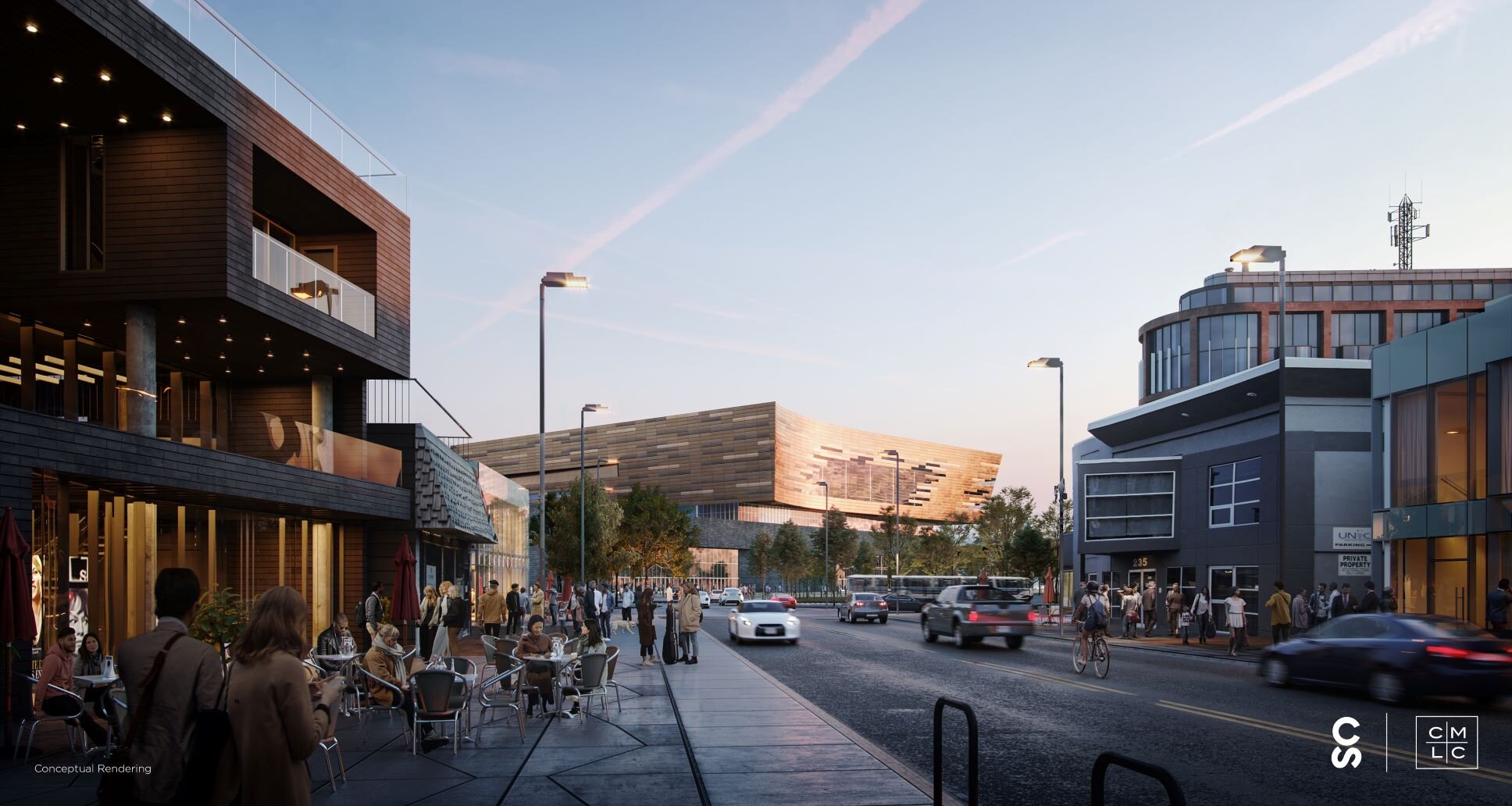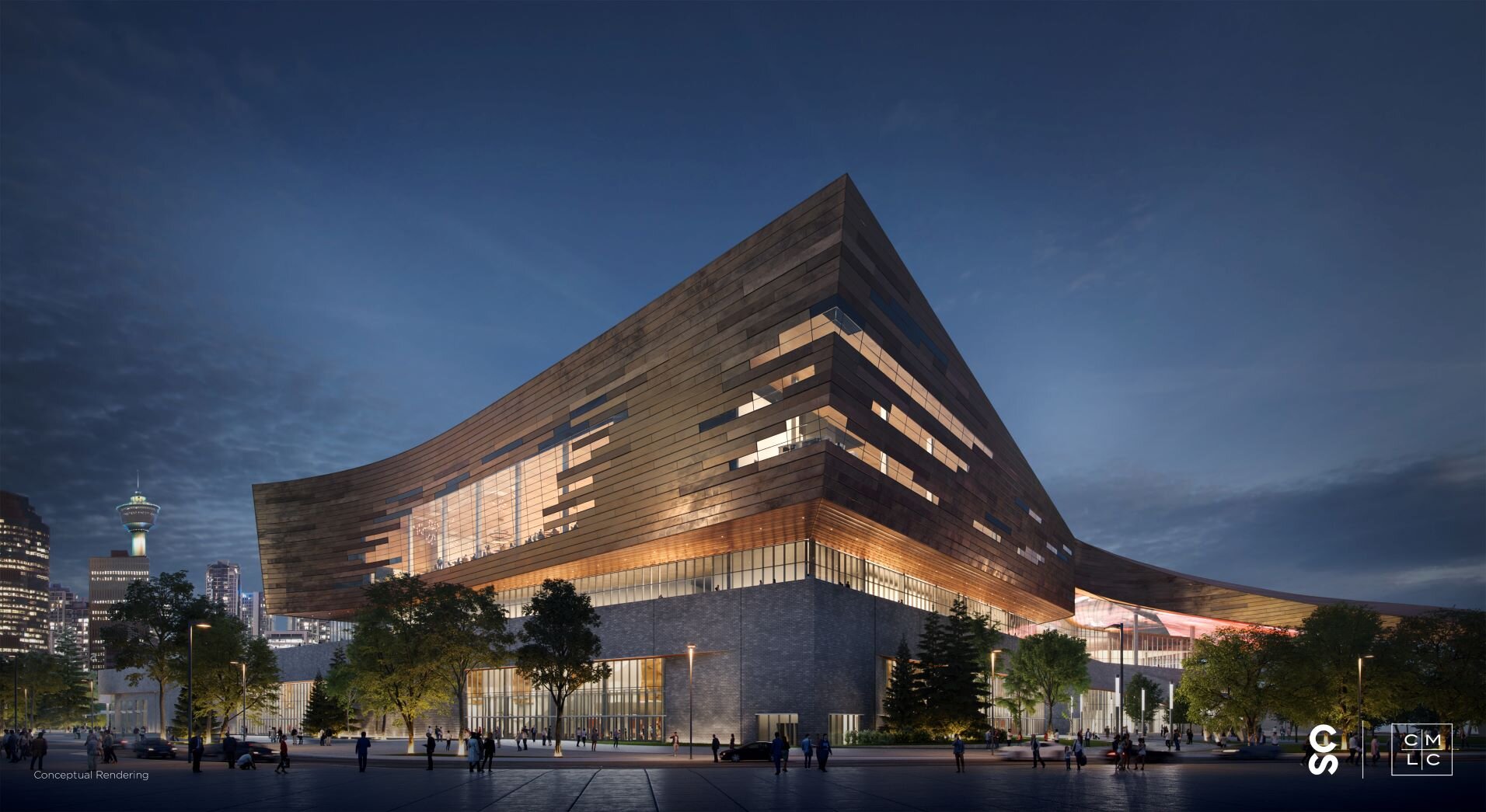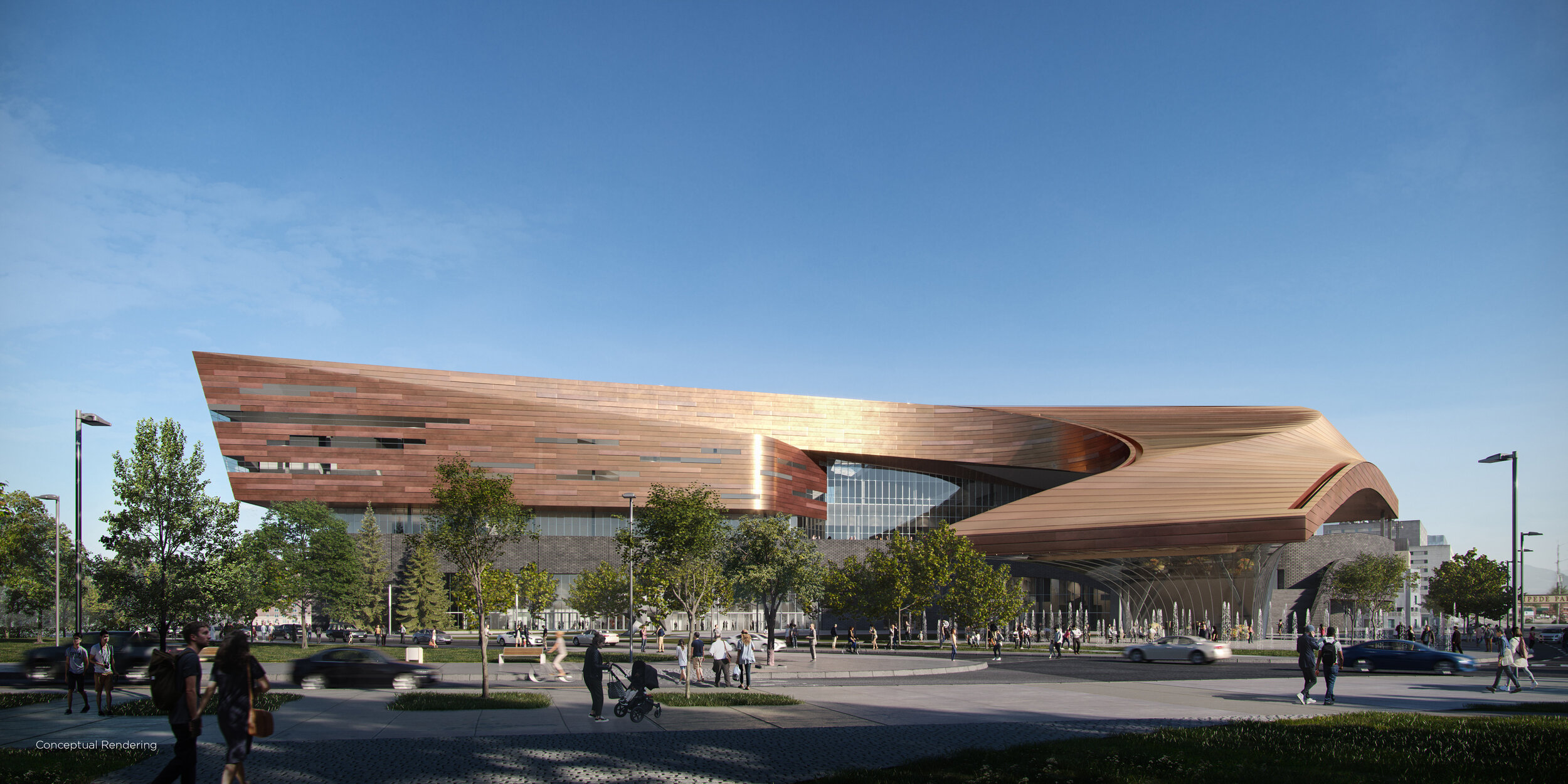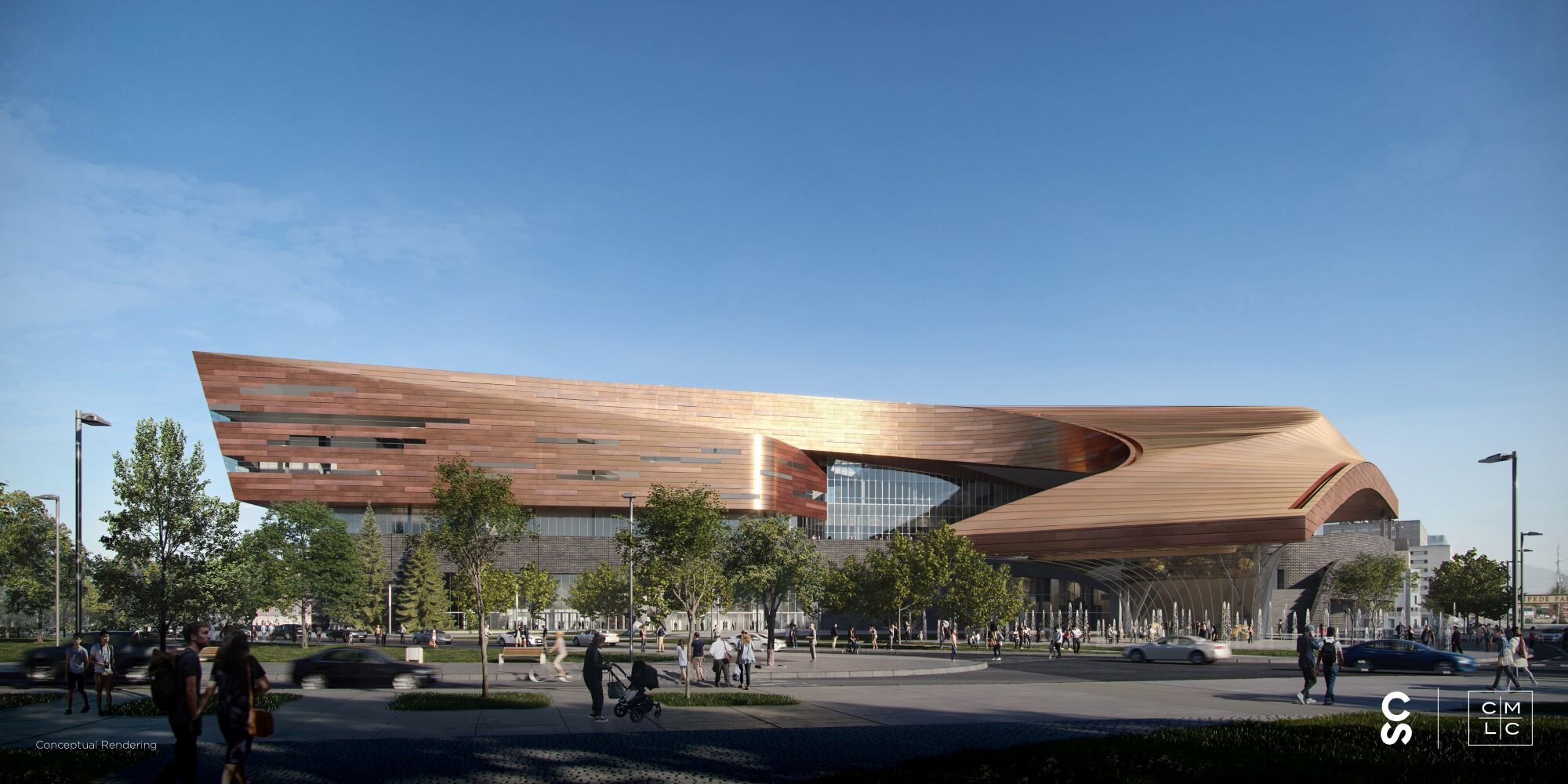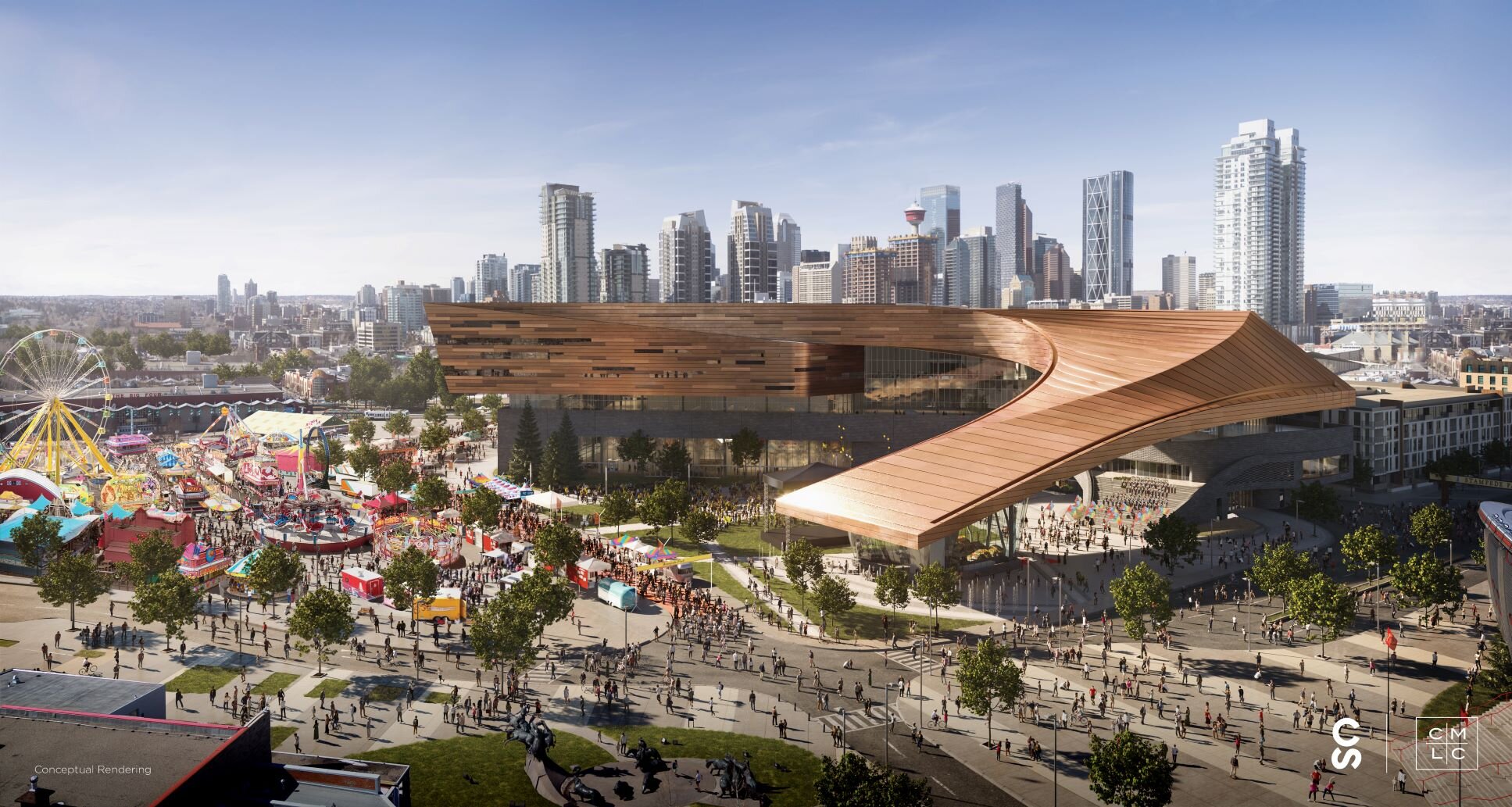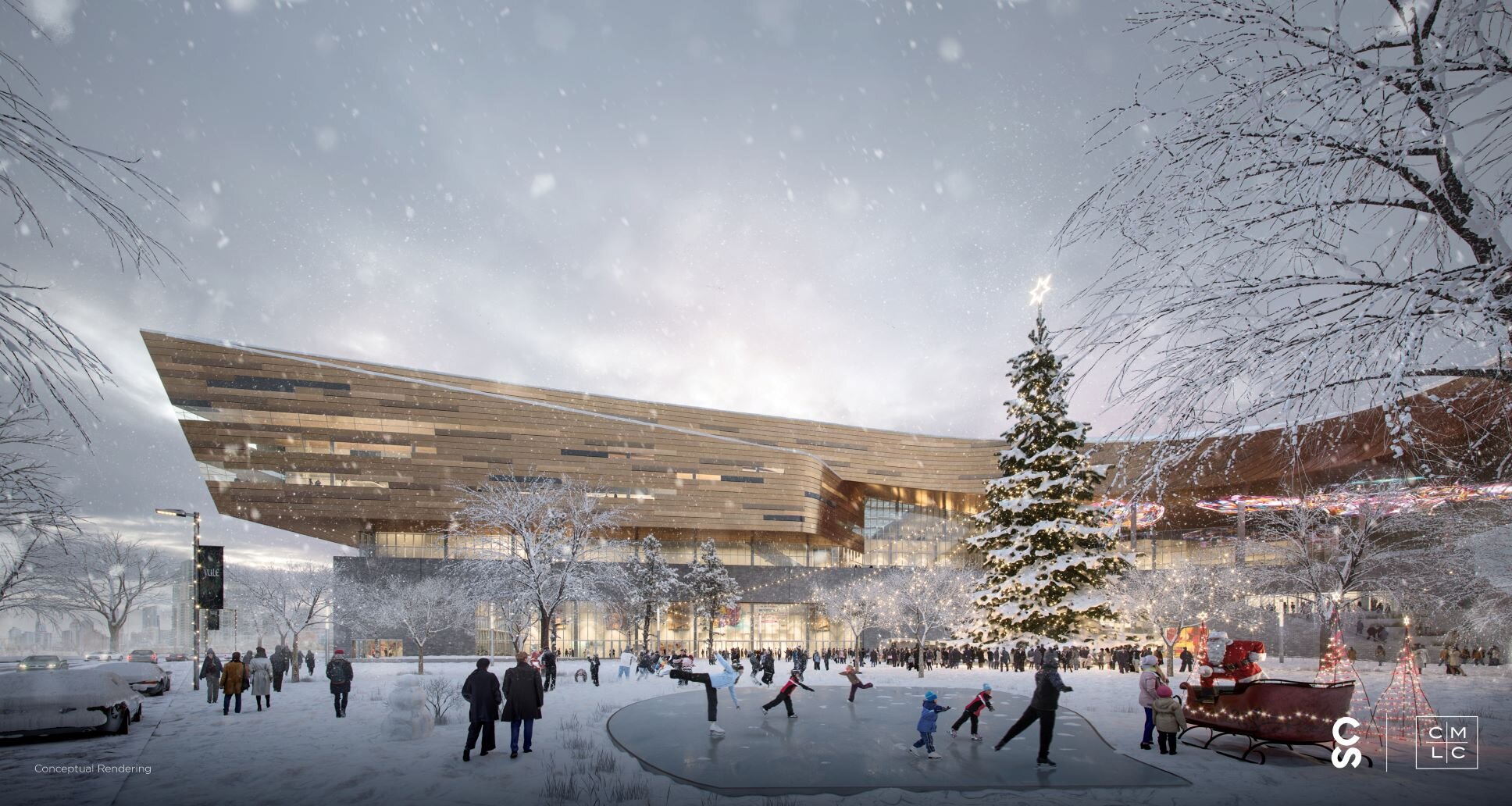The C+E is Cause to Celebrate
The Culture + Entertainment District will be Calgary’s next great city neighbourhood, the next chapter in downtown life, and an engine of development and tourism in a dynamic, evolving city.
The C+E will become – and has always been – a place of inspiring people and big ideas. As the Master Plan continues to evolve from a vision on paper to a multi-dimensional reality, The C+E Blog will periodically feature guest writers and thought-leaders— experts in the fields of placemaking, community-building and development to highlight how The C+E is shaping Calgary’s future.
Guest writer and futurist Chris Fair shares his perspective and observations on the future of nightlife in a post-pandemic world and underscores the value of the new after hours economy will have for The C+E, and for a vibrant and prosperous Calgary.
The C+E is Cause to Celebrate
By Chris Fair, President, Resonance Consultancy
It’s hard to believe that it has now been close to a year since we were first ordered to stay home and COVID-19 took charge of our lives and our cities. Get-togethers on Zoom followed by a DoorDash-delivered dinner and evening watching Netflix is almost starting to feel like a regular night out. But stroll through any city centre in the evening, where bars and restaurants are mostly closed, theatres and entertainment venues shuttered, and public plazas empty, and you’ll quickly be reminded just how abnormal our current normal really is. In times like these, it may be hard to appreciate the need for a new Culture + Entertainment District in Calgary, but the pandemic will pass, and when it does, The C+E is going to be more important to Calgary’s future than ever before.
When we think of nightlife, we tend to think of nightclubs. But with a host of social networks, dating apps and digital entertainment to choose from, many nightclubs were already struggling to survive and nightlife was being redefined long before COVID crashed the party. A study just last year in the UK found that the country had gone from having 13,505 nightclubs in 2008 to just over 8,700 in 2019—a loss of almost 5,000 venues. And that was before the pandemic.
Perhaps it was the decline of the nightclub over the last decade that awakened cities to the value of nightlife and the night-time economy. In 2016, London created a Night Time Commission just as service was set to begin on the “Night Tube” subway service, and a Night Czar (or Night Mayor) went to work. London First and Ernst & Young found that in 2014, the night time economy was worth up to almost $35 billion annually, around 8% of London’s gross domestic product, and directly supported one in eight jobs—a figure of 723,000 workers.
“London’s culture and nightlife, from our theaters to our music venues, is iconic around the world,” said Mayor Sadiq Khan when the Night Tube opened. “With the Night Tube, more people will be able to experience London’s unique cultural scene, making a substantial and vital contribution to our city’s future economic prosperity, and sending out a signal that London is truly open.” He added, “It will unlock the full potential of London’s night-time economy, and will be a huge driver in creating jobs and supporting hundreds of businesses in our city.”
But the importance of nightlife to a city isn’t just about the jobs and direct economic impact it creates—it seems to have a strong relationship with attracting investment and other jobs to a city, too. At Resonance, we’ve collected and analyzed data for more than 400 cities over the past six years to create our annual World’s Best Cities rankings (congrats Calgary, you were 47th last year!). In research we’ve done on the urban economies of U.S. cities, we were surprised to discover that the number of recommended nightlife experiences for a city on TripAdvisor has one of the highest correlations with the number of jobs created by foreign owned enterprises—second only to the number of Fortune 500 companies that are headquartered in a city. So what does nightlife have to do with foreign investment? Obviously, correlation is not causation, but this data suggests that there is a strong relationship between the vibrancy of a city and where international companies are choosing to invest.
Photo by Hero Images
Unfortunately, our cities have never been less vibrant than they are now. But with vaccines gradually being deployed, there is reason to be optimistic that better days are ahead and that we might one day soon go out at night again. However, we probably won’t be returning to the cities we knew before. In New York City alone, almost a half million people worked in leisure and hospitality businesses prior to the pandemic. By the end of 2020, almost half of them had lost their jobs and countless businesses had closed… for good. To be sure, many of our favourite bars, restaurants and theatres won’t be waiting for us on the other side. But a restart is also an opportunity for reinvention—for a new generation of entrepreneurs and innovators to take their place and for the city to redesign what nightlife and entertainment looks like. The question is, what do we want our nights to look like?
Fortunately for Calgary, the city already has a head start with its plans for the new Culture + Entertainment District. While plans for the district were created before the pandemic, the vision for The C+E reflects in many ways what the future of nightlife might look like around the world: The C+E isn't designed specifically for nightlife at all; instead, it’s a mixed-use neighbourhood designed for people to live, work and play in. A place where locals and visitors come together is key. With nightclubs on the wane, a neighbourhood can’t sustain itself on entertainment alone. It needs to be used day and night. By combining entertainment destinations such as Stampede Park and a new event centre with a convention centre, housing, shops and restaurants, The C+E will be a vibrant place to be throughout the day, the week and the seasons.
One of the best examples I’ve seen in combining these elements to create a destination is in Nashville. “The District” in Nashville features a strip of historic honkey-tonk music clubs, a 17,000-seat arena that’s home to the Nashville Predators, a 2 million square foot convention centre, as well as hotels and a growing amount of residential and office space—all within walking distance of each other. Since breaking ground on the convention centre in 2010, the residential population of downtown has grown from 5,000 to 13,000. More importantly, the greater Nashville area’s economy has grown by 60%.
Whether The C+E has the same effect on Calgary’s downtown and the regional economy over the next 10 years remains to be seen. But just as the Olympics were a defining moment in the maturation of Calgary as a city, I believe The C+E is also the start of an exciting new chapter for the city. While Calgary is known for the oil and gas industry, it has hospitality and entertainment in its genes (and probably its jeans, too). You’ve put on the Greatest Outdoor Show on Earth for more than 100 years. You hosted the world for an Olympic Games. If the pandemic has taught us one thing it’s that all the technology in the world can’t replace the value of in-person connections—right now we’re starved for it. And if more of us are working remotely in the future—whether it be from home, the countryside or a city abroad—individuals, families and companies will need places to gather together to slake our thirst for connection more than ever before.
Where East Village redefined urban living for Calgarians over the last 10 years, The C+E has the potential to redefine Calgary for the world—to become the beating heart, the gathering place where Calgarians, Canadians and the world come together to dance, laugh, watch, listen, create and connect. It’s not just an opportunity to enhance quality of life and the economy of the city, but a once-in-a-lifetime opportunity to redefine the city as a destination for meetings, events and entertainment, whether for individuals, families, or companies. Just as The District in Nashville played a key role in propelling that city to new economic heights, The Culture + Entertainment District can be a catalyst for Calgary, helping to attract a new generation of talent, tourism and companies to the city. And that would be something to celebrate indeed.
Chris Fair, Full Bio
A futurist, facilitator and strategist, Chris holds a Masters degree in Studies of the Future and has married his tourism, economic development, real estate and and marketing expertise with futures methodologies to help a wide variety of clients envision and create development strategies, plans and brands that shape the future of places around the world. As President of Resonance Consultancy, Chris leads a team that has completed more than 100 visioning, strategy, planning, and branding projects for developers and destinations in more than 30 destinations.
He has been featured in Fast Company magazine and is a frequent commentator on lifestyle and leisure trends for leading publications such as The Wall Street Journal, Bloomberg, The Globe & Mail, Los Angeles Times, The Economist and Worth magazine. In 2013, Chris was recognized as the “Place Branding Thought Leader of the Year” at the World Sense of Place Summit. He designed the World’s Best Cities index, a ranking that analyzes and measures cities based on a unique benchmarking model that blends core statistics with millions of consumer ratings and reviews across 23 categories. The result is a measure of relative “place equity”—attractiveness for talent, investment and tourism—for cities around the world.
Subscribe to The C+E newsletter so you don’t miss an update.



